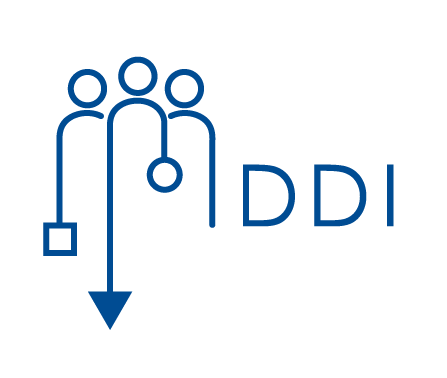Publikationen
Art der Publikation: Beitrag in Zeitschrift
Student Strategies for Categorizing IT-Related Terms
- Autor(en):
- Brinda, T.; Napierala, S.; Tobinski, D.; Diethelm, I.
- Titel der Zeitschrift:
- Education and Information Technologies
- Jahrgang (Veröffentlichung):
- 24 (2019)
- Heftnummer:
- 3
- Seiten:
- 2095-2125
- Sprache:
- English
- Schlagworte:
- Digital artifacts, categorization, students' conceptions, computing education, digital literacy, K-12, higher education
- Digital Object Identifier (DOI):
- doi:10.1007/s10639-019-09861-y
- Link zum Volltext:
- https://rdcu.be/bhis1
- Zitation:
- Download BibTeX
Kurzfassung
The ability to categorize concepts is an essential capability for human thinking and action. On the one hand, the investigation of such abilities is the purview of psychology; on the other hand, subject-specific educational research is also of interest, as a number of research works in the field of science education show. For computer science education, no corresponding studies are currently available. However, investigating how learners build categories from a choice of given terms may be useful for several reasons; for example, learners’ perspectives on relations between terms, as well as potential misconceptions, can be detected and made available to educators aiming to improve lesson planning. Therefore, we conducted an empirical study with 490 German students from primary to higher education, in which we presented them with 23 information technology-related terms (such as computer, Facebook, hard drive, virus) on a questionnaire, with the task of assigning these to self-defined categories (and then giving their categories individual names). In the results, we identified a number of potential categorization strategies the participants might have used to categorize the given terms; these include generalization, purpose, place of use, state, part-whole relationships, and association. Recognizing and defining such categorization strategies can help teachers construct learner-adequate concept maps of the domain, which helps foster the elaboration of learners’ knowledge structures in this field. We found that the younger participants used less abstract names for their categories, and observed that some participants had difficulty categorizing some terms (such as robot and 3D).

